Action
Fifty years ago, Brazil taught the world to play, in colour

Fifty years ago this month, modern football was born at the World Cup in Mexico, kicking and yelling, and live in vibrant colour for a global audience.
This weekend marks the anniversary of the quarter-finals of that tournament as a star-studded cast played a thrilling series of knock-out games which built to a dazzling final, when the first World Cup broadcast in colour ended with an unparalleled display by a technicolour team.
Mexico in 1970 was not the first World Cup broadcast live. Four years earlier 400 million watched England beat West Germany in the final. But that tournament was shown in black and white. Battered Brazil, the reigning champions, limped out playing, as far as viewers could tell, in two shades of grey.
In Mexico, their yellow and green glowed in the sunshine.
Most viewers still watched in black and white. But the games were shot in colour and when the many iconic moments are replayed, that is how they are seen. And that is how the competition is remembered, even by its greatest star.
“I watch it because there are a lot of videos available and TV programmes,” Pele told FIFA’s website. “If I’m not careful, I always start crying.”
The tournament gave Pele his third winner’s medal but the images also cemented his reputation as the world’s greatest player, partly because of three spectacular near misses: a shot from his own half against Czechoslovakia, a header saved by England’s Gordon Banks and the dummy that almost turned a Tostao pass into a goal against Uruguay.
“I was at my peak,” Pele said. “We had a fantastic side and everyone expected us to win, which gave me the shakes.”
The quarter-finals all kicked off at noon on June 14.
Gigi Riva scored twice and Gianni Rivera once as Italy beat hosts Mexico 4-1.
Rivellino, Tostao and Jairzinho, but not Pele, scored as Brazil beat Peru 4-2.
Reigning champions England, with many of the stars of 1966 but not an ailing Banks and not, by the end, Bobby Charlton, substituted with his team two goals up to protect him from the heat, lost 3-2 in extra time to West Germany. Franz Beckenbauer and Gerd Mueller were among the German scorers.

In the semi-finals, in Guadalajara, Brazil gave Uruguay a one-goal start but won 3-1. Again Pele didn’t score, but Clodoaldo, Jairzinho and Rivellino did.
In Mexico City, the other semi-final was heading for a 1-0 Italian win until Karl-Heinz Schnellinger scored a 90th-minute equaliser for West Germany.
Extra time was 30 minutes of mayhem.
Mueller gave West Germany the lead. Tarcisio Burgnich levelled and Riva put Italy ahead. Mueller replied, but a minute later Rivera gave Italy victory.
The abiding image is of Beckenbauer playing much of the game extravagantly strapped after dislocating a shoulder when West Germany had already used both substitutes.
‘Everybody is still talking about it’
The best was yet to come.
Italy were a good team, with the extravagantly gifted Sandro Mazzola. The defence was built on the great Inter Milan side, pioneers of ‘catenaccio’, with Giacinto Facchetti at its heart. Brazil tore them apart.
At an altitude of 2,200 metres (7,200 feet) in dazzling sunshine in the Azteca, Brazil produced a display of attacking football that touched Olympian heights.
Mario Zagallo, Brazil’s coach, later said he thought the 1-0 victory over England “was the best game of the tournament…a high-class game of chess.”
Yet Brazil’s attacking display in the first colour World Cup final set a benchmark against which every one of the tens of thousands of matches broadcast since is measured.

Pele gave Brazil the lead with his fourth goal of the competition.
“I told myself before the game, he’s made of skin and bones just like everyone else —- but I was wrong,” Burgnich said later.
Roberto Boninsegna levelled, but in the second half Gerson and Jairzinho put the match beyond reach.
It was as if Brazil were inventing football. They finished with a flourish, scoring one of the great team goals with four minutes left as full-back Carlos Alberto finished a mesmerising eight-man move by lashing home Pele’s deft pass.
“I realise how beautiful and how important that goal was, because everybody is still talking about it,” Carlos Alberto told the BBC years later.
“Nobody talks about Pele’s goal, the first goal, the second goal. It is always about the fourth goal. I think it was the best goal ever scored in a World Cup.”
It was a fitting exclamation mark at the end of what might have been the best World Cup.
Reporting and photos: AFP
Action
A season of discovery at Alila Kothaifaru Maldives
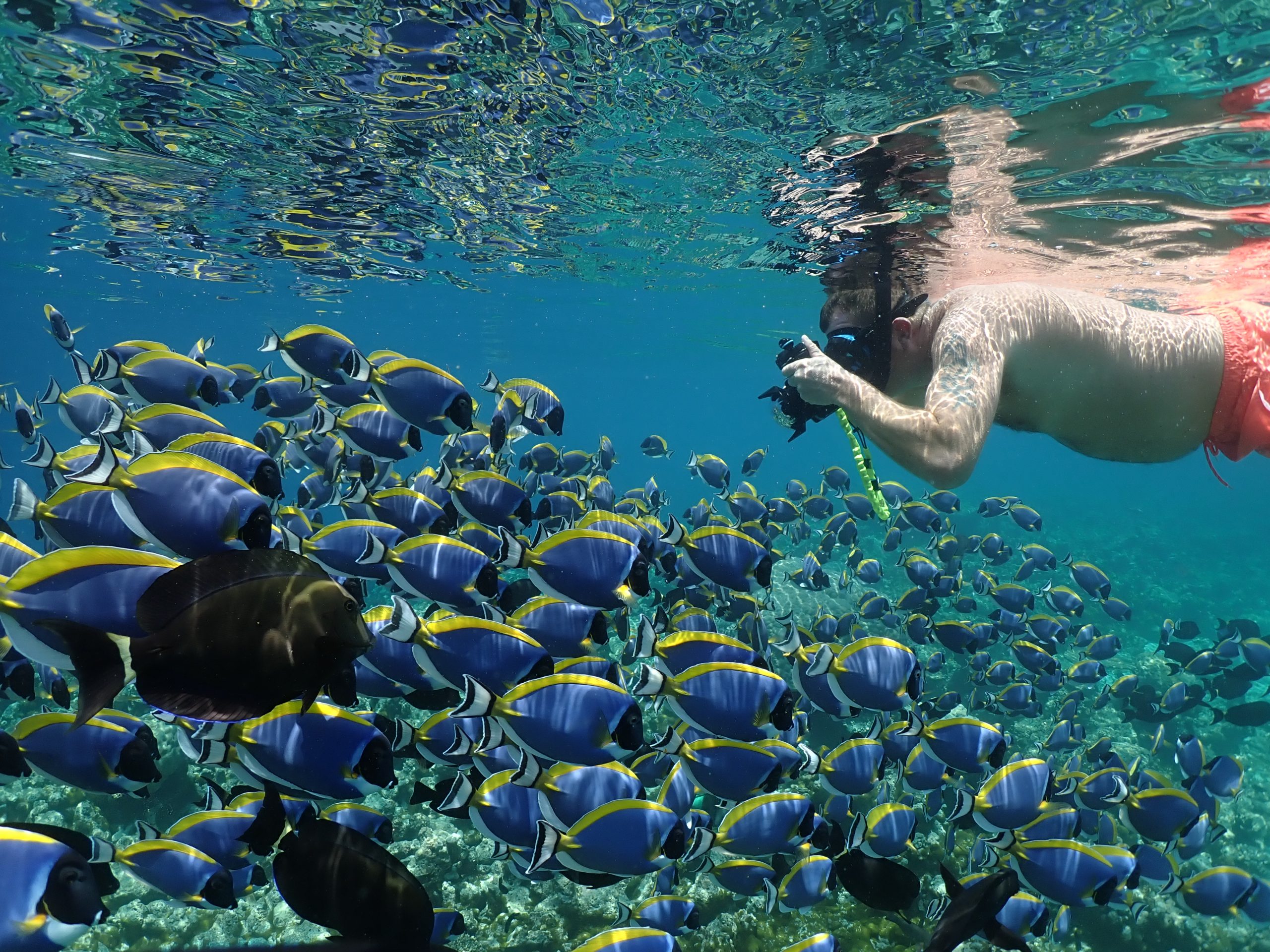
Alila Kothaifaru Maldives continues to offer unforgettable encounters as manta season begins in the Raa Atoll, with recent marine sightings delighting guests and setting an exciting tone for the months ahead. This past week, a large playful group of dolphins cruised very close along the resort’s house reef, while a rare ornate eagle ray was spotted for several days gliding gracefully through the lagoon — remarkable moments that highlight the rich biodiversity surrounding the island.
These encounters are made all the more special by the resort’s commitment to preserving the natural serenity of its marine environment. At Alila Kothaifaru Maldives, sustainability goes beyond words — it shapes every experience offered through the watersports and dive center. By focusing exclusively on non-motorized watersports, the resort helps protect delicate reefs, safeguard marine life, and reduce noise and pollution, ensuring that guests experience the ocean in its purest, most harmonious form.
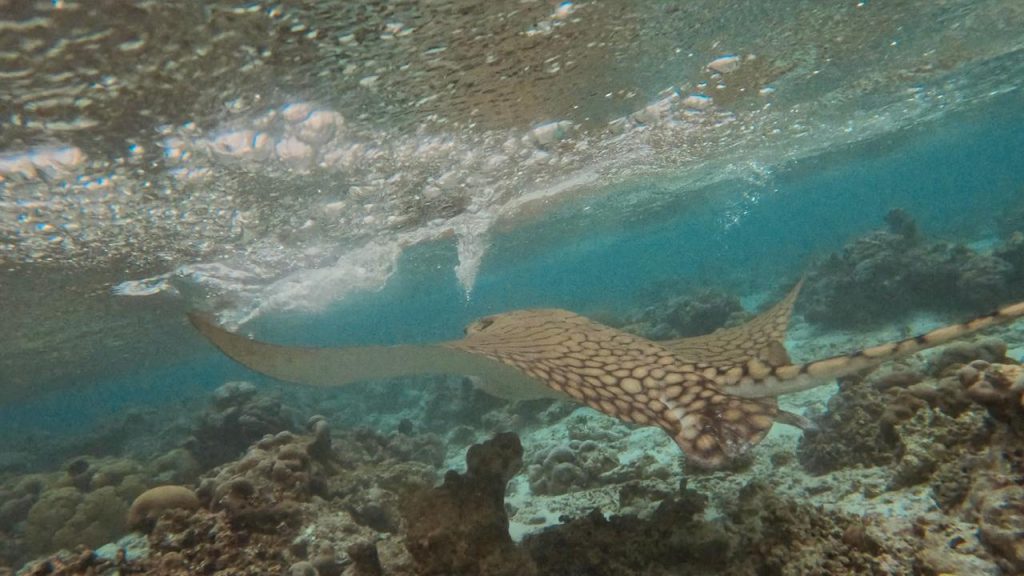
Encounter Majestic Mantas in Raa Atoll
While the resort offers a wide range of aquatic experiences to explore the atoll’s vibrant marine world, now is the ideal time to encounter one of its most majestic creatures – the manta ray. Although mantas can be seen all year round, sightings peak in the Raa Atoll during this season, (December to May) as they migrate in numbers, drawn by plankton-rich waters and multiple cleaning stations.
In the waters surrounding the resort, guests can embark on dive excursions at shallow depths of 10–15 meters, offering remarkable opportunities to see groups of mantas gliding gracefully, as well as observe their social interactions and cleaning behavior. Enriched by the dive team’s insightful storytelling, each experience becomes even more meaningful.
Early morning dives often provide the most rewarding encounters, while beginner and non-divers can enjoy guided private snorkel trips — a peaceful way to witness these gentle giants from the surface.
From kayaking and stand-up paddleboarding to sailing, snorkeling, and diving, every ocean adventure at Alila Kothaifaru Maldives is thoughtfully designed to inspire a deeper connection with the sea while respecting its fragile beauty. This mindful approach ensures that Raa Atoll’s underwater paradise can continue to thrive for generations to come.
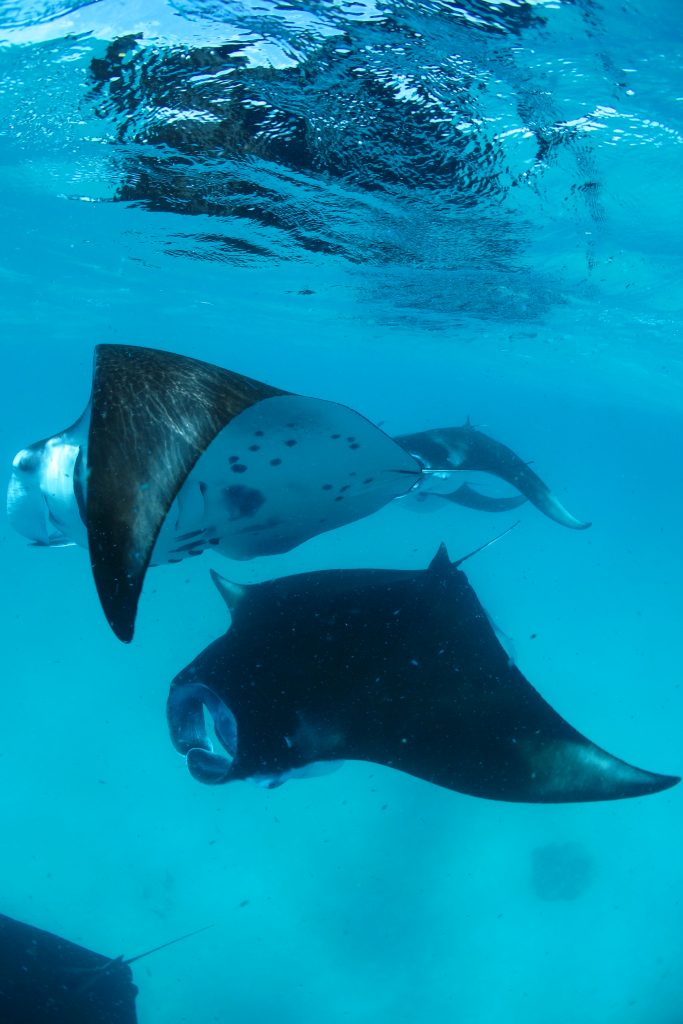
Alila Kothaifaru Maldives Welcomes New Euro-Divers Team
Further enhancing these experiences, Alila Kothaifaru Maldives is delighted to welcome new members to its Euro-Divers team, bringing fresh energy, diverse expertise, and a shared passion for marine conservation to the resort’s in-house dive center.
Hailing from Colombia, Lorena Diaz is an experienced instructor known for her warmth, professionalism, and multilingual skills. Passionate about sharing the underwater world, she has a natural ability to put guests at ease both above and below the surface.
Joining her is Fabio Gerosa from Italy, a certified dive instructor and marine biologist from the University of Bicocca Milano. His scientific background adds depth to every dive, offering guests fascinating insights into marine ecosystems while reinforcing the importance of ocean conservation.
Also part of the team is Yuan, originally from China, who has been diving since 2010 and brings extensive international experience from Egypt, Thailand, the Philippines, Indonesia, Palau, and the Maldives. Having worked with Euro-Divers Maldives since 2017, Yuan loves both pelagic species and tiny ocean creatures, but for her, the true magic of diving lies in the feeling of complete freedom underwater. On land, she enjoys unwinding with a good movie or an engaging story.
Leading the team as Dive Center & Watersports Manager is Igor Semenov, who brings 15 years of experience managing dive centers and watersports operations around the world. A seasoned leader with a wealth of international expertise, Igor is focused on delivering innovative, memorable guest experiences while maintaining the highest standards of safety and environmental responsibility.
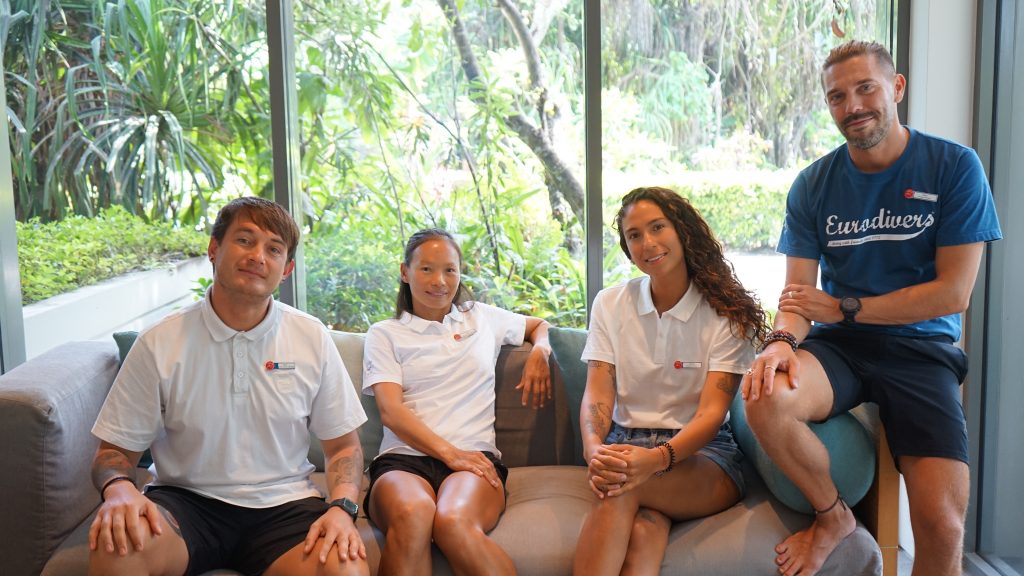
With their blend of international experience, scientific knowledge, and passion for marine conservation, the Euro-Divers team is perfectly placed to guide guests through unforgettable ocean adventures.
New and enriched offerings include enhanced eco-diving programs, guided marine biology sessions, tailored non-motorized watersports activities, and more beginner-friendly snorkel excursions with private guides, making the underwater world accessible to everyone.
Reflecting on what makes operating at Alila Kothaifaru Maldives in Raa Atoll so special, Igor shares, “The pristine reefs, rich biodiversity, and unique manta encounters make it a dream location. Every dive feels like a discovery, and sharing that with guests is incredibly rewarding.”
“Year after year, Alila Kothaifaru Maldives continues to deliver the experiences that make it a standout destination for ocean lovers,” says Thomas Weber, General Manager. “From awe-inspiring marine encounters to the guidance of our exceptional dive team, we are committed to inspiring discovery, adventure, and a lasting appreciation for the world beneath the surface.”
With manta season in full swing and spectacular wildlife sightings unfolding around the island, Alila Kothaifaru Maldives and its Euro-Divers team invite guests to discover the beauty and wonder of the Raa Atoll’s mesmerizing marine world.
Action
Denise Höfer returns to The Nautilus Maldives for four-day padel programme in March 2026

The Nautilus Maldives is set to welcome back Denise Höfer, Germany’s No. 1 padel player and a leading global ambassador of the sport, for a renewed edition of its Masters for Masters series, taking place from 25 to 28 March 2026. This four-day programme invites families, couples and players of every level to discover Padel as a joyful shared adventure, guided by one of the world’s most inspiring Padel athletes.
Padel has grown into a worldwide phenomenon, celebrated for its accessibility and its ability to bring people together. Fast, intuitive and inherently social, it is the perfect sport for parents and children, partners and friends. With its playful nature and quick learning curve, Padel creates rare moments where beginners and seasoned players can genuinely enjoy the game side by side.
In this spirit, The Nautilus presents a Padel Masterclass shaped by connection. Whether learning your first rally with your partner, watching your children gain confidence on the court, or joining a spirited group session with fellow travellers, the programme transforms play into an experience of shared joy and discovery.
Guests will train with Denise Höfer across a curated line up of classes. Tailored, on-demand experiences including Couples Escape, Family Fun, Cardio Padel and Padel × Wellness invite guests to hyper-personalise their journey, blending movement with mindfulness, and performance with light hearted enjoyment. Complimentary daily sessions feature a Group Masterclass and a Children’s Masterclass, each thoughtfully crafted to suit different learning styles and skill levels.
After energising mornings on the court, guests can retreat to Solasta Spa for treatments inspired by natural flow and deep release. Personalised massages, stretching rituals and ocean-influenced therapies provide a gentle counterbalance to the day’s activities, inviting both body and mind to settle into a state of restoration. The experience becomes a soothing rhythm of movement, rest and reconnection, perfectly aligned with the private island’s unhurried philosophy.
With just 26 ultra-luxury houses and residences in the Baa Atoll UNESCO Biosphere Reserve, The Nautilus offers the ideal setting for meaningful time together. Days unfold freely, guided not by schedules but by the simple desire to savour each moment. Whether learning a new skill as a family, sharing a playful match at sunset, or cheering one another from the sidelines, every experience becomes part of a memory shaped by spontaneity and warmth.
The Padel Masterclass with Denise Höfer invites guests to discover more than technique. It offers a chance to bond, to grow and to reconnect with the joy of learning something new together. At The Nautilus, this journey is shaped not by rules, but by the freedom to follow your own rhythm.
Denise Höfer, Germany’s No. 1 Padel Player, shares: “I’m thrilled to be returning to The Nautilus for this special edition of its Masters for Masters series. The Nautilus’s Padel court is truly one of my favourites in the world: it’s incredible setting and stunning lagoon views create an atmosphere unlike anywhere else. I can’t wait to share this unique experience with The Nautilus guests once again.”
Adan Gomez, General Manager of The Nautilus Maldives, adds: “We are delighted to welcome Denise Höfer back to our shores. Having an athlete of her talent and success return to our island is a true honour and offering our guests the rare opportunity to train with her makes this event genuinely exceptional.”
Event Details:
- Dates: 25 to 28 March 2026
- Location: The Nautilus Maldives
To learn more about Denise Höfer and this exclusive experience, please visit the resort’s website. To book your stay, please contact hello@thenautilusmaldives.com
Action
Siyam World achieves snorkelling world record with 307 participants

Siyam World Maldives has officially made global history. On December 5th, the island pulled off one of its boldest ideas yet, becoming the first resort on the planet to earn a Guinness World Records title for The Most People Snorkeling Simultaneously at a Single Venue. In partnership with Freedive Maldives, Siyam World rallied an incredible 307 snorkelers from guests, neighbors, and ocean lovers across the region, diving past the required 250 participant mark and turning the house reef into a spectacular sea of fins and fun. Guinness World Records officials flew in to verify every detail, and for the first time ever in the Maldives, every participant received an official Guinness World Records medal, making “Snorkel World 300” a milestone etched not only in record books but also in everyone’s memories.
The energy of the day embodied everything Siyam World stands for — a big, bold, anything-is-possible playground where imagination meets island life. The event was more than a record attempt; it was a celebration of marine life, community connection, and Siyam World’s adventurous DNA. The event aligned with Sun Siyam Resorts’ ongoing sustainability initiatives, encouraging guests and locals alike to appreciate and protect the natural beauty of the Maldives’ underwater world. It also served as a proud moment for the destination. As the first Guinness World Records medal ceremony ever held in the Maldives, the event spotlighted Maldivian hospitality, creativity, and ocean culture on a global stage.

“What a moment. Being the first resort in the world to set a Guinness World Records title is something we will always carry with pride, not just for Siyam World and Sun Siyam Resorts, but for the Maldives as well. We have never been the type to follow the usual path; doing the unexpected has always been our style. A huge thank you to everyone from the nearby islands who came together to make this possible,” said Ausy Waseem, Resort Manager, Siyam World.

If any resort was going to break a world record, it was always going to be Siyam World. From adrenaline-fueled adventures to quirky island experiences that spark global attention, Siyam World has earned its reputation as the Maldives’ most unrestrained, maximalist playground. This Guinness World Records title adds yet another chapter to its growing list of “only-at-Siyam” moments, proof that the resort is not just a place to stay, but a destination where the extraordinary is the everyday.
Siyam World now stands proudly as a Guinness World Records titleholder, an extraordinary accomplishment shared with the Maldives and the global travel community.
-

 News1 week ago
News1 week ago‘Around the World in Wonder’ brings culture, cuisine, celebration to Amilla Maldives
-
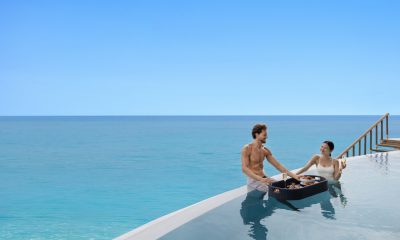
 News1 week ago
News1 week agoFour Centara resorts in Maldives target school-holiday travellers with extended-stay offers
-
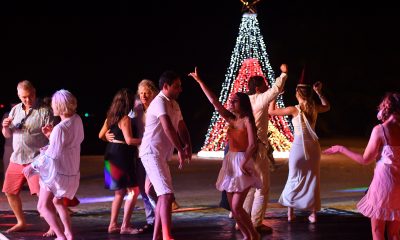
 News6 days ago
News6 days agoCinnamon Hotels & Resorts Maldives wraps Christmas celebrations, prepares NY 2026 line-up
-

 News7 days ago
News7 days agoKuda Villingili Resort Maldives marks Year of the Horse with four-day Lunar New Year programme
-

 News6 days ago
News6 days agoHoliday Inn Resort Kandooma Maldives unveils week-long Orthodox Christmas celebrations
-

 News5 days ago
News5 days agoSun Siyam Vilu Reef brings ‘Ocean Odyssey’ to life this festive season
-
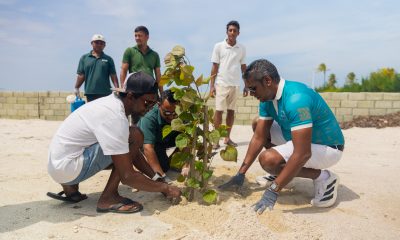
 News4 days ago
News4 days agoSun Siyam Olhuveli marks end of 2025 with sustainability-led programmes
-
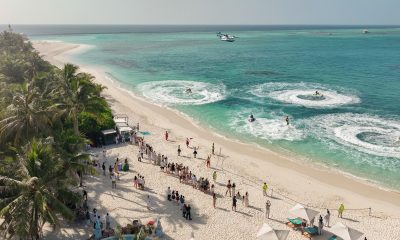
 News3 days ago
News3 days agoInterContinental Maldives Maamunagau rings in 2026 with ocean-inspired festive programme









